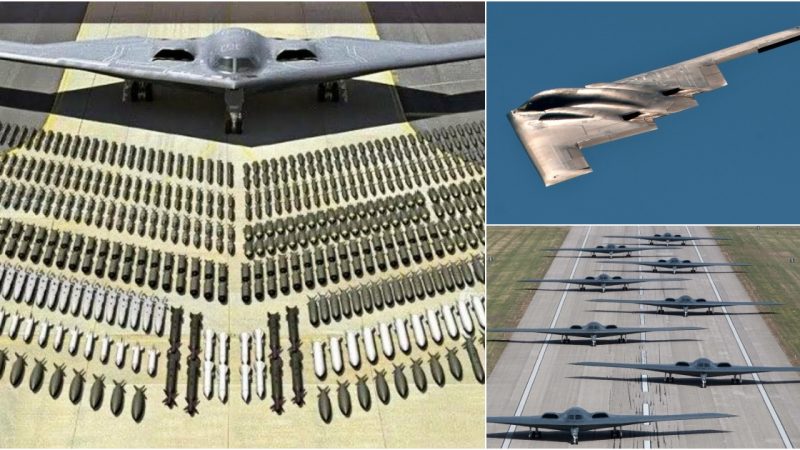Vanishing Act: Demystifying the Disappearance of ‘Bow Prongs’ on Aircraft Carriers
The silhouette of a supercarrier has remained relatively unchanged over the past five decades, yet one utilitarian element of the flight deck has vanished, just like the dodo bird.
For many, a common poster on boys’ bedroom walls depicted the imposing top-down view of a fully loaded American supercarrier, brimming with fighters and support aircraft. Two prominent structures at the bow of these formidable vessels extended over the water, sloping downward as if to provide additional assistance to aircraft riding along the ship’s catapult tracks, just before taking off. These peculiar extensions gave the carriers an even more commanding appearance. However, these structures have disappeared from modern American supercarriers, leaving questions about their purpose and disappearance.
Introducing the “bridle catch,” also known as the “bridle arrestment sponsion,” a utilitarian apparatus designed to catch the sliding bridles that connected carrier-borne naval aircraft of the past to their host ship’s catapults. A bridle was a heavy-duty cable-like lanyard, attaching to hooks on the aircraft’s rear sides, and would run down towards the deck in a “V” shape to be secured to a single-point notch on the catapult’s shuttle. Some aircraft, such as the S-2 Tracker, utilized a similar single-line device called a “pendant.”
The process involved the “green shirts” (deck crew) hooking the aircraft to the catapult, which then fired, launching the aircraft. The bridle or pendant connecting the shuttle to the aircraft would pull the aircraft down the catapult track at increasing speed. At the end of the deck, the aircraft would take off, and the bridle or pendant would be flung into the sea or onto a sloped bridle catcher for potential recovery and reuse. The downward-sloping design of the bridle catcher prevented the bridle from bouncing up and striking the departing aircraft.
The bridle and pendant system served its purpose, but it was more complex and time-consuming than necessary. Concerns about broken bridles, connection points, and the safety of the deck crews raised questions about the system’s efficiency. It wasn’t until the early 1960s, with the introduction of the E-2 Hawkeye (then known as the W2F-1), that the bridle was replaced with an integral catapult launch bar attached to the aircraft’s nose gear.
The first successful launch using this system occurred on December 19, 1962. This new system led to substantial gains in safety and efficiency. From that point onward, newly designed US Navy carrier aircraft were equipped with a similar nose gear-mounted launch bar.
Over time, as older aircraft retired, carriers with bridle catchers gradually removed them during deep maintenance and overhaul periods. The last carrier built with bridle catchers was the USS Carl Vinson (CVN-70), commissioned in 1982. By the end of the millennium, active US carriers with bridle catchers had them removed during maintenance.
The retirement of the French Super Étendards Modernisés (SEM) marked the end of fixed-wing carrier aircraft using bridles, as their carrier, the Charles de Gaulle, was never equipped with bridle catchers. Currently, Brazil’s upgraded AF-1 Skyhawks might be the only aircraft that could see bridles again, as the Brazilian Navy intends to restore its surplus French Clemenceau-class carrier, São Paulo, to operational status.
In conclusion, the evolution of aircraft carrier technology led to the gradual disappearance of bridle catchers from modern carriers. These structures, once vital for launching aircraft, have given way to more efficient and streamlined launch mechanisms, marking a shift towards safer and more effective carrier operations. As a piece of naval aviation’s heritage, the bridle catcher stands as a testament to the ongoing progress in carrier-based aircraft launch technology.
Hits: 402








